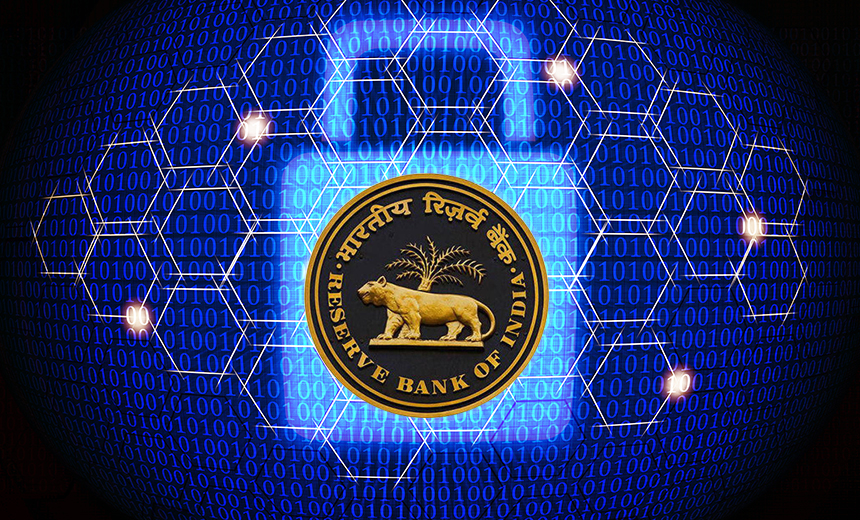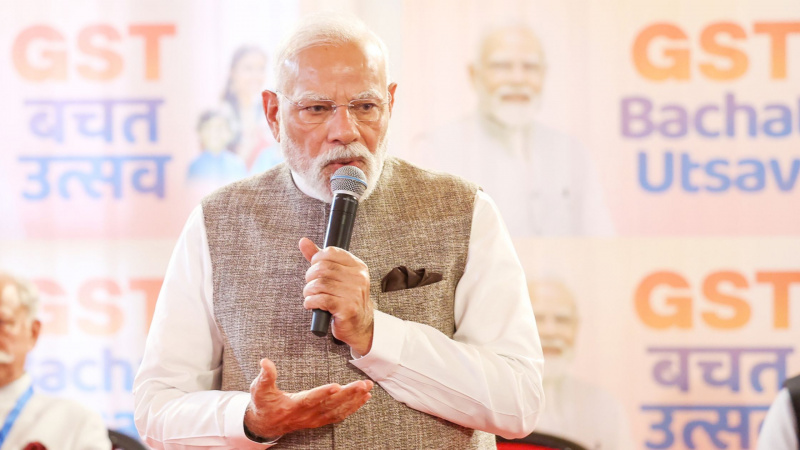RBI's Lightweight Payment System to Safeguard Essential Payments
Traditionally, payment systems like Real Time Gross Settlement (RTGS), National Electronic Funds Transfer (NEFT), and Unified Payments Interface (UPI) have play
- by B2B Desk 2023-05-31 09:20:26
In a world of great change and change, the Reserve Bank of India (RBI) is taking steps to address potential problems and ensure the continuity of financial services. Recently, the RBI unveiled its latest initiative, the Lightweight Payment and Processing System (LPSS). The new system aims to provide uninterrupted payment services even when the current payment system is temporarily unavailable due to the interruption of information and communication infrastructure.
Traditionally, payment systems like Real Time Gross Settlement (RTGS), National Electronic Funds Transfer (NEFT), and Unified Payments Interface (UPI) have played a crucial role in facilitating financial transactions. These systems rely on robust networks and advanced IT infrastructure to manage large volumes and ensure continuous availability. However, they can be disabled during natural disasters or war, thus making the economy difficult.
Realizing the need to prepare for adverse events and changes, RBI introduced the Lightweight Payment and Processing System (LPSS) as a robust alternative. Designed to be lightweight and portable, LPSS operates independently of modern technology. It can be managed from anywhere and requires minimal staff, ensuring that work is paid even in crisis situations.

RBI's latest annual report provides valuable insight into the nature and functioning of the LPSS. The system is designed to work with minimal hardware and software, and it only works when needed. Its main focus is on the important business structures necessary to maintain the stability of the economy. These transactions include government and market payments that are critical to the proper functioning of the financial system.
One of the advantages of LPSS is its almost zero downtime. By ensuring seamless payment services, such as bulk payments, interbank payments and financing for participating companies, LPSS aims to maintain a liquid pipeline for the economy. . This ensures that critical financial services continue to function efficiently, even in times of crisis.
The introduction of LPSS is an important step in the field of payment and processing. Acting as an equal bank in the world of financial resources, the LPSS inspires confidence in digital payments and the overall stability of the financial market. This reflects the commitment of the RBI to ensure that the payment and processing system remains efficient even under extreme conditions.
Traditionally, payment systems like Real Time Gross Settlement (RTGS), National Electronic Funds Transfer (NEFT), and Unified Payments Interface (UPI) have played a crucial role in facilitating financial transactions. These systems rely on robust networks and advanced IT infrastructure to manage large volumes and ensure continuous availability. However, they can be disabled during natural disasters or war, thus making the economy difficult.
Realizing the need to prepare for adverse events and changes, RBI introduced the Lightweight Payment and Processing System (LPSS) as a robust alternative. Designed to be lightweight and portable, LPSS operates independently of modern technology. It can be managed from anywhere and requires minimal staff, ensuring that work is paid even in crisis situations.

RBI's latest annual report provides valuable insight into the nature and functioning of the LPSS. The system is designed to work with minimal hardware and software, and it only works when needed. Its main focus is on the important business structures necessary to maintain the stability of the economy. These transactions include government and market payments that are critical to the proper functioning of the financial system.
One of the advantages of LPSS is its almost zero downtime. By ensuring seamless payment services, such as bulk payments, interbank payments and financing for participating companies, LPSS aims to maintain a liquid pipeline for the economy. . This ensures that critical financial services continue to function efficiently, even in times of crisis.
The introduction of LPSS is an important step in the field of payment and processing. Acting as an equal bank in the world of financial resources, the LPSS inspires confidence in digital payments and the overall stability of the financial market. This reflects the commitment of the RBI to ensure that the payment and processing system remains efficient even under extreme conditions.
RBI's move to introduce a heavy payment system for natural calamities and war situations shows how it comes suddenly. The payment and payment system (LPSS) is designed to provide seamless financial services independent of modern technology. By focusing on high-risk transactions and ensuring they are near zero, LPSS helps the financial system withstand significant risks. By introducing this new system, RBI aims to promote confidence in digital payments and contribute to economic stability.
Also Read: Will online payments become costlier? NPCI sets 1.1% interchange fee on UPI payments

POPULAR POSTS
The Agentic Revolution: Why Salesforce Is Betting Its Future on AI Agents
by Shan, 2025-11-05 10:29:23
OpenAI Offers ChatGPT Go Free in India: What’s Behind This Big AI Giveaway?
by Shan, 2025-10-28 12:19:11
Zoho Products: Complete List, Launch Years, and What Each One Does
by Shan, 2025-10-13 12:11:43
Arattai vs WhatsApp: Which Messaging App Should You Choose in 2025?
by Shan, 2025-10-10 11:55:06
Top Buy Now Pay Later (BNPL) Apps for Easy Shopping in 2025
by Shan, 2025-09-22 10:56:23
iPhone 17 Sale in India Begins: Full Price List, Launch Offers and Store Availability
by Shan, 2025-09-19 12:00:45
Apple September 2025 Event Recap: iPhone 17, iPhone Air, Apple Watch Series 11, and India Pricing Revealed
by Shan, 2025-09-10 09:55:45
RECENTLY PUBLISHED

Loan EMIs to Drop as RBI Slashes Repo Rate - Full MPC December 2025 Highlights
- by Shan, 2025-12-05 11:49:44

Pine Labs IPO 2025: Listing Date, Grey Market Premium, and Expert Outlook
- by Shan, 2025-11-05 09:57:07

Top 10 Insurance Companies in India 2026: Life, Health, and General Insurance Leaders Explained
- by Shan, 2025-10-30 10:06:42

Best Silver Investment Platforms for 2025: From CFDs to Digital Vaults Explained
- by Shan, 2025-10-23 12:22:46

Zoho Mail vs Gmail (2025): Which Email Platform Is Best for Businesses, Startups, and Students?
- by Shan, 2025-10-09 12:17:26

PM Modi Launches GST Bachat Utsav: Lower Taxes, More Savings for Every Indian Household
- by Shan, 2025-09-24 12:20:59




 Subscribe now
Subscribe now 